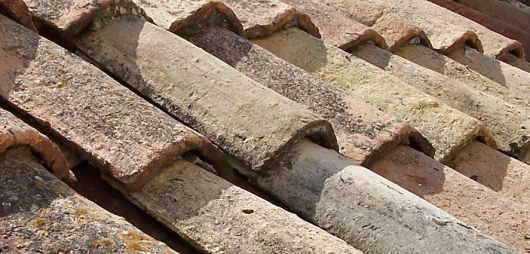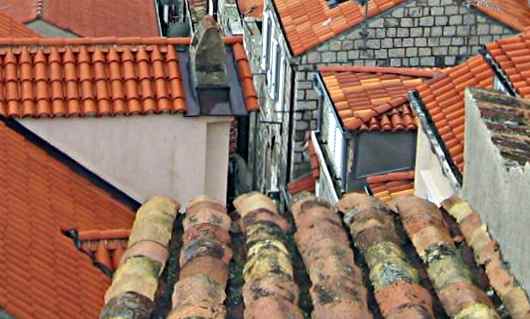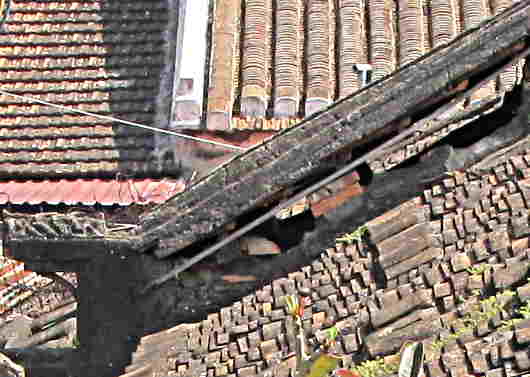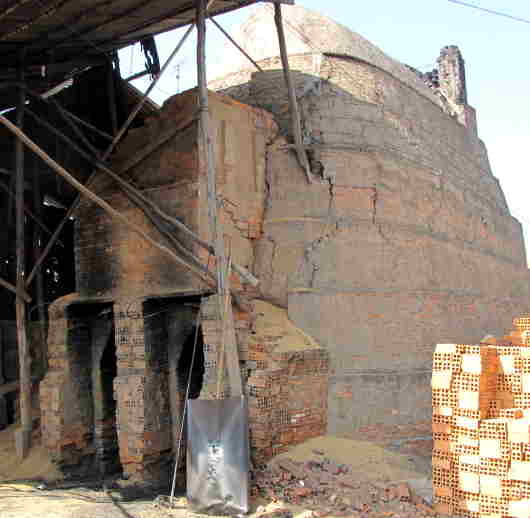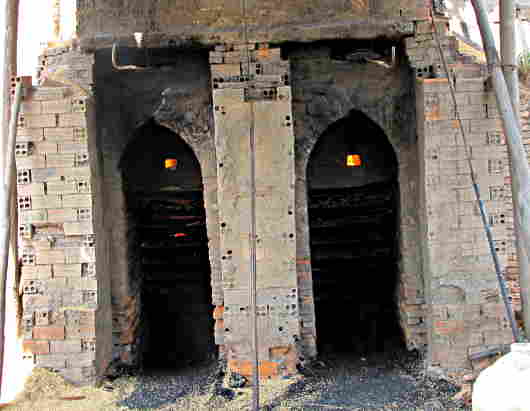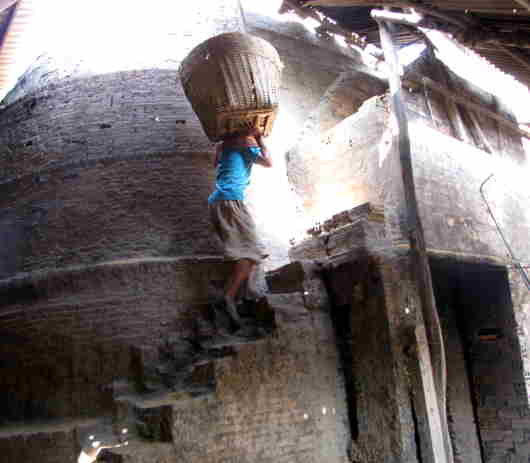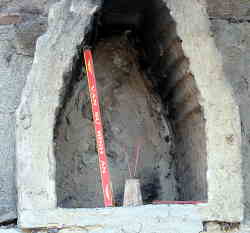 |
|||||||||||||||||||
Clay roofing tiles or Terra cotta tiles. An introduction.The oldest form of a permanent roofing material, clay roofing tiles have the potential to last several lifetimes.
The longest lasting roofing material has the history to prove it.
The photo above of some terra cotta roof tiles that at a guess would be at least 200 years old. It can be used to illustrate a few important points about this most resilient of materials.
The shores of the Northern Mediterranean spawned western civilisation and the architecture, building materials and methods that were pioneered in those early days have been taken up and improved by the manufactures today.
Clay tiles In the East
Above is a rather scrappy photo of some roofs in Hoi An, which is also a UNESCO World heritage listed city. Funny that eh? Two in a row and both use clay tiles. I wonder if they will ever list one with fibreglass shingles? The so called "Ying and Yang" tiles were first seen in China and they rapidly spread all over Asia
It is remarkable that two civilizations evolving separately at the same very early period of human history would come up with the same answer to to this complex problem. How clay tiles have been made for centuries.
On a recent trip to Vietnam I was privileged to be able to wander around a brick and tile works that uses technology almost unchanged for hundreds of years. Sat on a bank of one of the branches of the Mekong it was supplied by barge and sent it's products by barge. All loaded and unloaded by hand. There were no fork lift trucks, but hand carts and baskets on bamboo poles. The clay came from close by and so did the fuel for the kilns, rice husks.
The whole of this work is done by unskilled labour apart from one or two highly skilled kiln masters. The knowledge of generations is needed to finely judge the the composition of the clay, the temperature of the kiln and the duration of the firing and cooling processes.
Every one of these kilns that I saw had one of these small shrines built onto the actual structure with a small pot in which to place joss sticks. I guess that the joss sticks are lit before a firing commences to help to encourage success. If it works it is a small price to pay, considering the enormous amount of effort needed to produce a
Funny enough, I recognised the packet of joss sticks as coming from a place just a few miles down the road from the tile works. I had been invited inside when I showed some curiosity in the things drying by the roadside, and I met a young guy who was actually making them. Not found it yet? Try this FAST SITE SEARCH or the whole web |
Hire Equipment  Furniture Fittings - Architectural Hardware - Electronic Locking Systems - Technical Hardware BuilderBill sponsorship
Define: Terra Cotta. An Italian term meaning baked earth. From a similar Latin phrase Terra cocta.
Roofing material pages.In general the links on this page are to fairly detailed pages, but don't forget the Illustrated Roofing Glossary Roof Coverings Section as each item has it's separate page with photographs and information.
BuilderBill Books Building Maths |
||||||||||||||||||
|
|
|||||||||||||||||||
|
Please Note! The information on this site is offered as a guide only! When we are talking about areas where building regulations or safety regulations could exist,the information here could be wrong for your area. It could be out of date! Regulations breed faster than rabbits! You must check your own local conditions. Copyright © Bill Bradley 2007-2012. All rights reserved. |
|||||||||||||||||||
